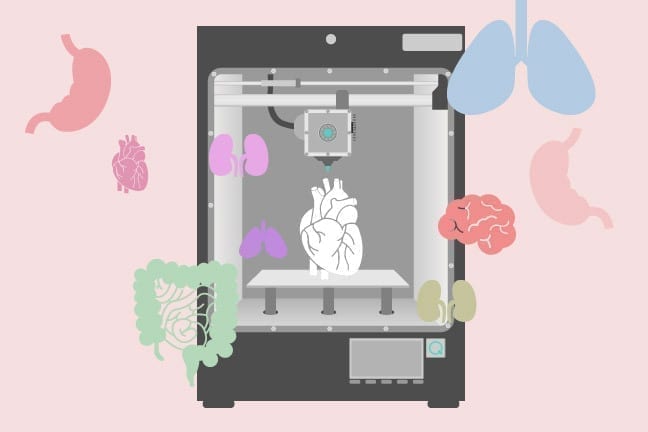The future is upon us. This week The New Yorker digs into the use of 3D printers — by now “inexpensive and ubiquitous” for printing everything from eyeglasses to guns — in the medical community. Now that 3D printers can print human tissue using ink made of cells, writer Jerome Groopman, explained, “[S]urgeons are implanting 3D-printed stents, prosthetics, and replacement segments of human skull.”Fully lab-grown organs are not ready yet, but we are well are on our way to getting there thanks to the printing of functional capillaries. As Groopman writes, “the question is no longer whether they will succeed [printing full organs] but how.” You can learn more about 3D printing of organs in the video below, where Dr. Ali Khademhosseini of the BWH Division of Biomedical Engineering speaks to the importance of the 3D printer in tailoring medical supplies to individual patients. “We can make constructs that are of the right, size, shape for a particular problem,” he explains.
© YouBeauty 2024




































